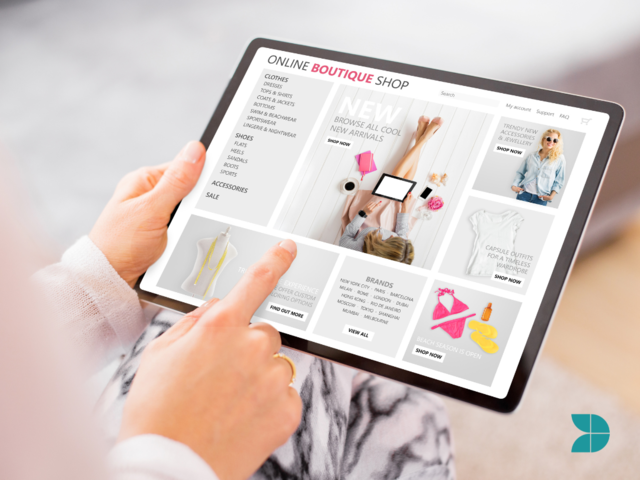The fashion industry is a competitive and dynamic industry. There are many facets to succeeding in the field and the truth is, just being a talented designer is simply not enough. It's important to understand the business side of fashion including the different sectors of the industry, the major players, and how to build a brand and a business plan. In this article we will explore the fashion landscape, the importance of building a brand, creating a business plan, plus networking and industry relationships.

The fashion industry landscape
The fashion industry is made up of several different sectors each with their own unique characteristics and key players. Haute couture, for example, is considered ultra high-fashion and is characterized by one-of-a-kind, handmade garments created for private clients. Luxury fashion, on the other hand, is characterized by high-end, designer garments and accessories that are sold at exclusive retail locations. And more recently, fast fashion has been defined by its speedily produced, trend-focused garments that are sold at a lower price point.
In addition to these sectors, the fashion industry also includes textile and garment manufacturing, wholesale and retail sales, and fashion media and events. Understanding the different areas of the industry and the major players within each sector can help designers identify opportunities and navigate the industry.

Building a brand
In order to succeed as a designer, it's important to have a strong and unique brand identity. A brand is more than just a logo or a name; it's a representation of a designer's particular aesthetic and a reflection of a certain way of life or style. Building a brand requires a clear understanding of who the target market is and what sets the designer's aesthetic apart from competitors.
To build a brand, designers should focus on creating a cohesive aesthetic with a distinct point of view. This cohesion can include things like creating a logo, developing a consistent color palette and typography, creating a strong digital presence, and other consistent visual elements. While establishing a strong visual identity is crucial, an attitude in fashion can be as important as a look.
Building a business plan
Having a solid business plan is essential to succeed as a designer. A business plan should include financial projections, sales and marketing strategies, and target market analysis. This will help the designer understand their financial needs, set goals, and plan for the future.
To create a successful business plan, designers should begin by researching the industry and their competition. This includes understanding the target market, identifying key trends, and analyzing the competition. Next, designers should focus on developing a sales and marketing strategy that will help them connect with their target market. This could include things like building a strong digital presence, developing a PR strategy, and networking with industry professionals.

Networking and industry relationships
Any designer who finds themselves on the career path to fashion, must begin with networking and relationships. Building a professional network can help designers connect with key players in the industry, find opportunities, and stay up-to-date on the latest trends and developments.
To build a professional network, designers should regularly attend industry events, chat to people and become a familiar face within the industry. New designers also need to join relevant organizations and trade groups, and shouldn’t be afraid to reach out to other designers and industry professionals. Be proactive in building relationships by maintaining contact with people. This can include things like sending follow-up emails, connecting on social media, and literally asking industry professionals for advice and guidance.
Networking can also help designers to find opportunities, such as internships, apprenticeships, not to mention job openings. Networking can also open up the possibility for designers to receive helpful feedback and advice from industry professionals. Accepting constructive criticism can provide invaluable insights into your designs and business strategies.
It's also important to remember that building relationships and networking is not only about getting something out of it, but also about giving back to the community and helping others. For example, designers can offer mentorship to aspiring designers, participate in community events, or collaborate with other professionals in the industry.

Conclusion
The fashion industry is a highly competitive multi-billion dollar industry. It's important for designers to understand the business side of fashion including knowledge of the different sectors in the industry, building a strong brand, creating a solid business plan, and networking and building relationships. By taking the time to understand fashion as a business, designers can navigate the industry and seek out opportunities to create a successful career. As a fashion design academy, we offer courses that will provide you with the knowledge and skills needed to succeed in the fashion industry, whether you are just starting out or you are an experienced designer.

